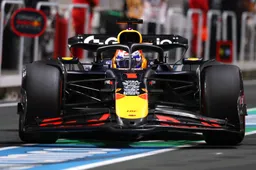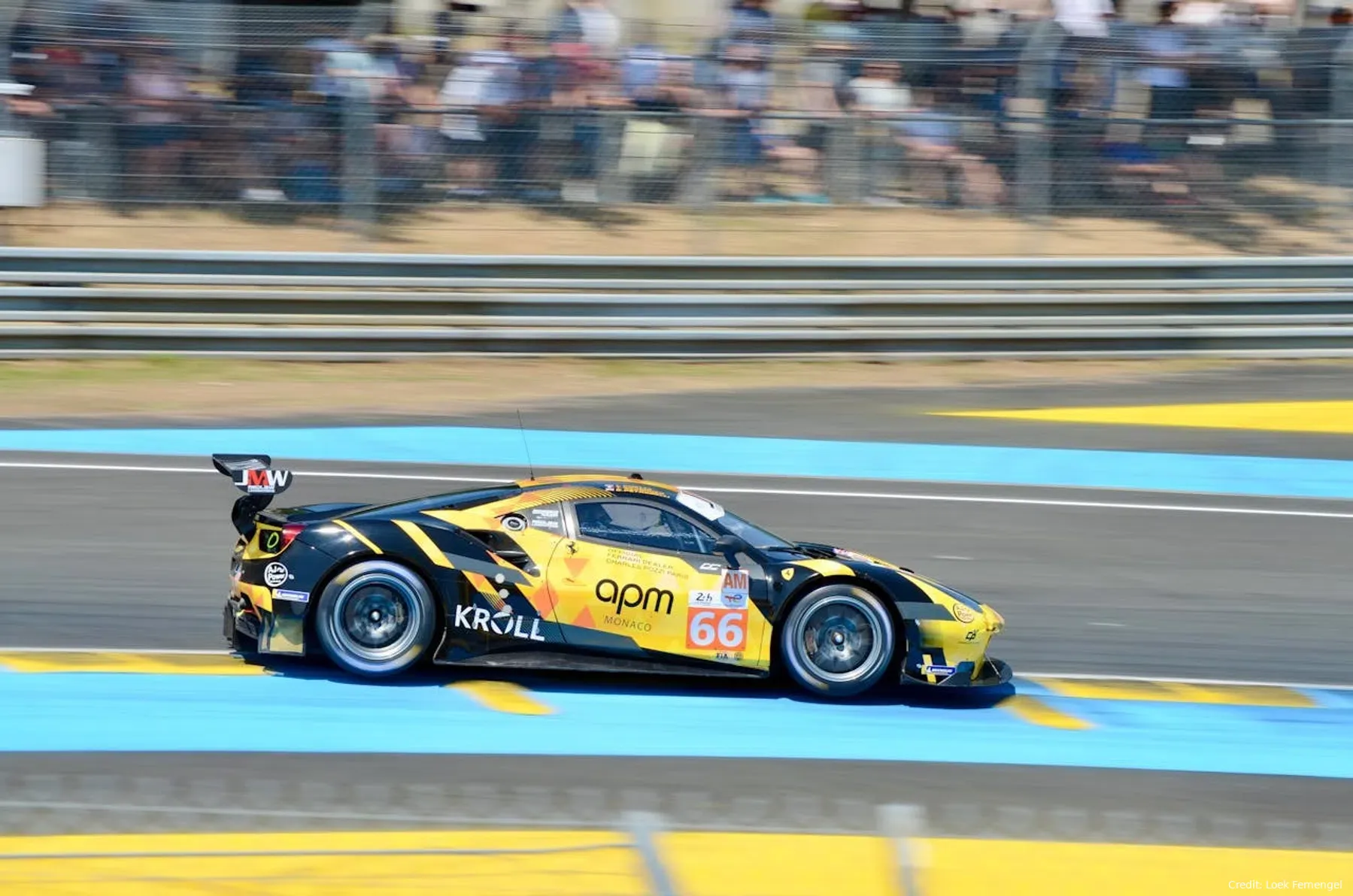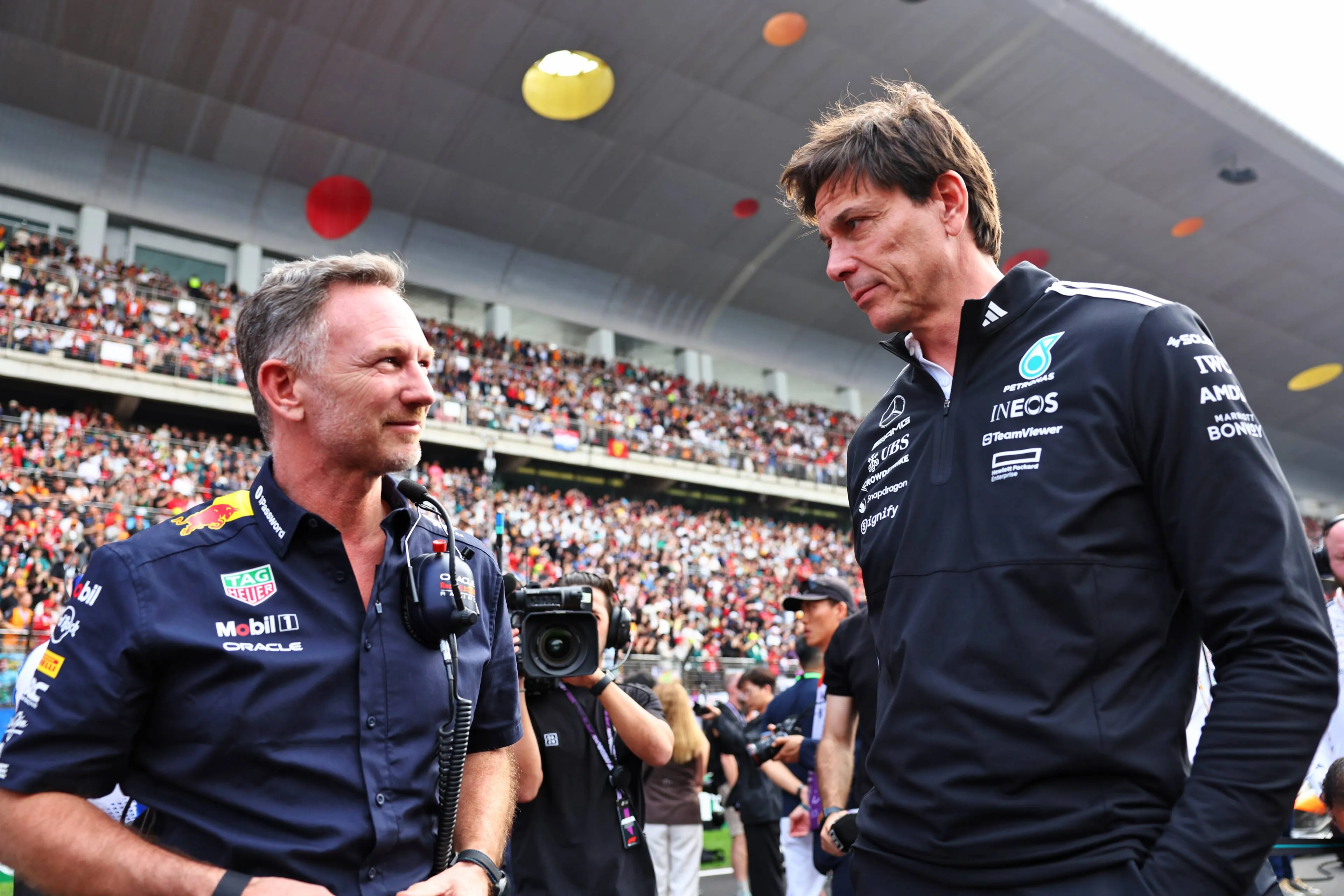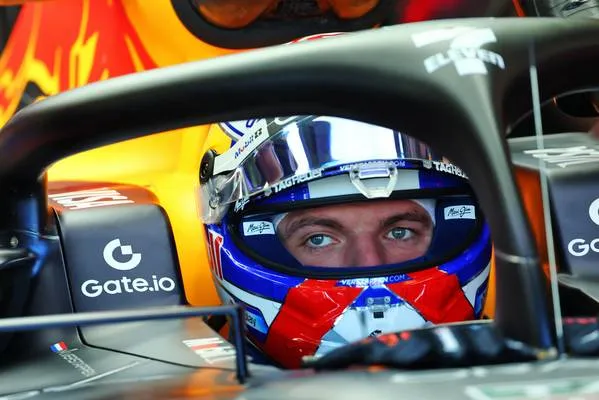How tech has influenced racing and the downline effect on commercial cars
18:59, 21 Jun 2024
0 Comments
Car racing is a sport that keeps the audience on their toes, with their blood pumping so loud they can hear it. The adrenaline is pumping, you’re engrossed in the race, and you’re rooting for your favourite racer, just like a gambler waging on a live dealer casino.
Still, have you ever stopped to wonder how technology has influenced the realm of sports car racing? Have you looked at commercial vehicles and wondered why certain features that are common to sports cars are also found in everyday vehicles?
If you have, this article is for you as we delve into these major trends, discussing the impacts technology has had on the automobile industry as a whole.
Technological Advances in Sports Car Racing and the Impact
As motorsports became more popular, there arose a need to make improvements in the industry. Fortunately, technology made these changes possible, resulting in better performance and improved safety. Some of these innovations are discussed as follows:
Aerodynamics
This is probably the most significant technological innovation in sports car racing. Aerodynamics is simply the concept of making sleeker and more streamlined vehicles with wings and spoilers to increase downforce and stability. Considering sports cars are designed to reach top speed at very short periods, aerodynamics also helps reduce air friction and drag.
Engine Development and Power
Every racer knows that, barring any complications, cars with more powerful engines tend to win sports car races. The introduction of turbocharger engines and hybrid systems thus resulted in increased engine power and performance. Funnily enough, the idea of turbocharging was scorned initially, but sports cars nowadays use turbochargers as the standard, resulting in more engine power.
Tyres and Grip
Grip and traction allow sports cars to turn sharp corners faster and safely without the tires coming loose. Thanks to automotive technology, these tires now come with sophisticated rubber compounds and tread designs. These new designs promote durability and efficiency even in harsh track conditions, allowing drivers to push their cars to the max.
Safety Innovations
Car racing is a sport with dangers and high risks that often result in accidents. However, with technological advances, these risks have been minimized. The use of HANS devices, shock-absorbing barriers, and upgraded helmets further demonstrate that safety measures have improved from the basics.
The result of these safety upgrades is that many lives have been saved, as Romain Grosjean can testify.
Data Analysis
Sports car racers depend on data analysis and telemetry to identify areas for improvement. Newer technological innovations have thus made it possible to gather more data on metrics that could improve overall performance and determine victory. Such metrics include speed, fuel economy, engine efficiency, and tire pressure.
Sports cars have sensors transmitting real-time data to the racing teams to garner these metrics. Their expert analysts, in turn, scrutinize this information with the aim of making strategic decisions based on actual data rather than mere intuition.
Racing Car Tech Has Influenced Commercial Vehicles: Here’s How
The influence of motor racing technology is evident in everyday cars. Below are some ways innovations in the sport have streamed down to commercial vehicles.
Improved Use of Turbocharger Engines
Racing cars and turbochargers go hand-in-hand, revealing to fans of the sport what these systems can do. The turbocharger system works to improve the car’s engine power output using an induction device driven by a turbine. This leads to the forceful entrance of extra air into the combustion chamber, resulting in more engine power.
Knowing this, manufacturers now use turbocharged engines in the assembly of commercial vehicles, allowing cars to move from 0 to 100 in mere seconds.
Start/Stop Button
The design of every sports racing car’s cockpit is to be as efficient and comfortable as possible. As a result, these racing cars favor a start/stop button over the conventional key-controlled ignition.
This button ignition is now featured in the manufacture of most commercial vehicles. Such vehicles use a keyless entry system that recognizes when the car’s Smart Key is closeby, allowing you to ignite the engine using the start/stop button.
Better Suspension Systems
The first time a car’s active suspension system became automated was at the 1987 F1 championship. Implementing this computerized suspension system improved the Lotus Formula One's ride quality and handling. Soon after its introduction to sports car racing, the technology migrated to commercial vehicles.
One example of a car with this system is the Hyundai i30 N, which features a rigid lower body and an Electronic-Controlled Suspension (ECS). This combination improves cornering speed and reduces drag. As such, drivers can seamlessly freestyle from simple daily cruises to high-performance driving on track using the adjustable dampers.
The Race Ends
Technology has played a significant role in transforming the car racing world from a dangerous sport to one centered on safety and sophistication.
This transformation has also resulted in the addition of better and more optimized features in commercial vehicles. It’s thus safe to say that more innovations in the car racing industry will also mean an exciting future for everyday vehicles.
Read more about:
Popular on GPBlog

1
Steiner sees McLaren going one way: 'If Max keeps up the pressure'
599 times read

2
McLaren makes key move by bringing in experienced team principal
528 times read

3
'Red Bull are the much more fun team; Mercedes are more professional'
489 times read

4
'Russell and Antonelli are a safer bet to Verstappen, and a lot cheaper too'
404 times read











